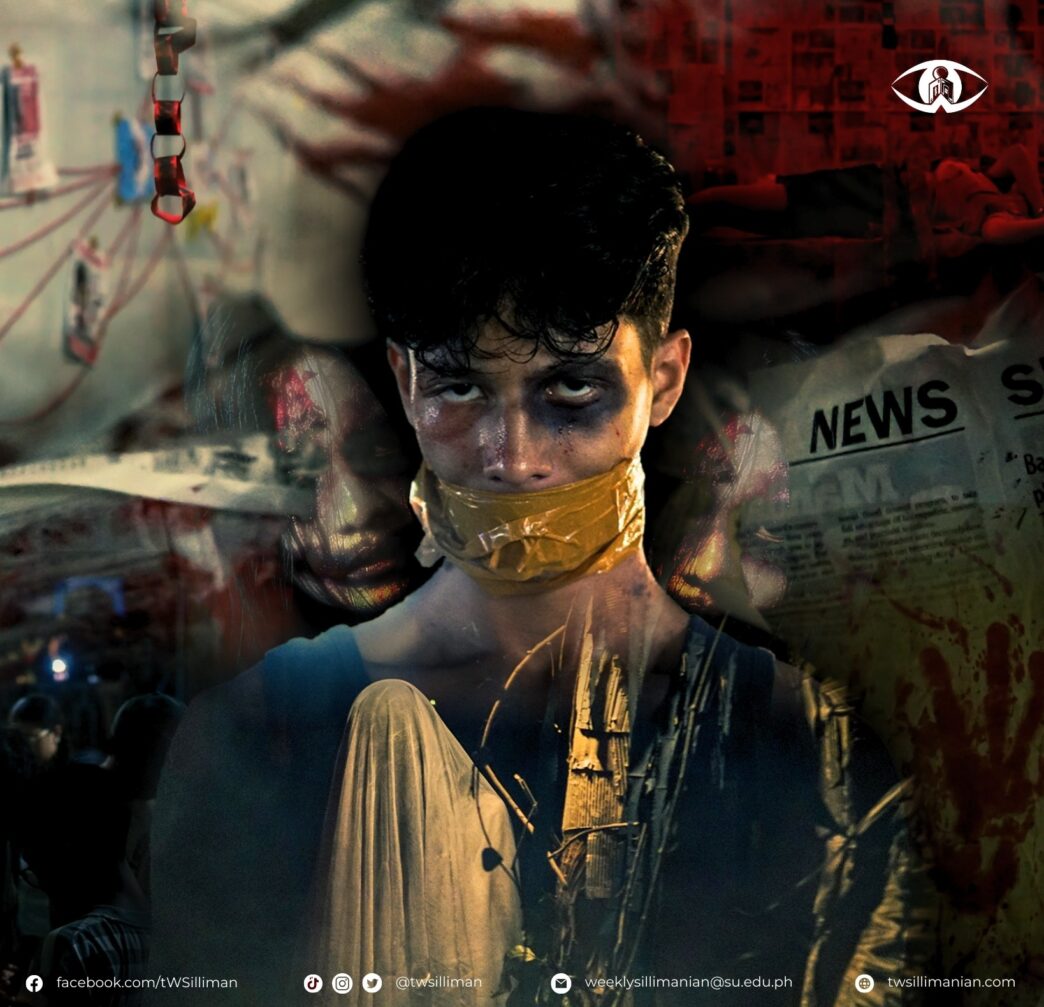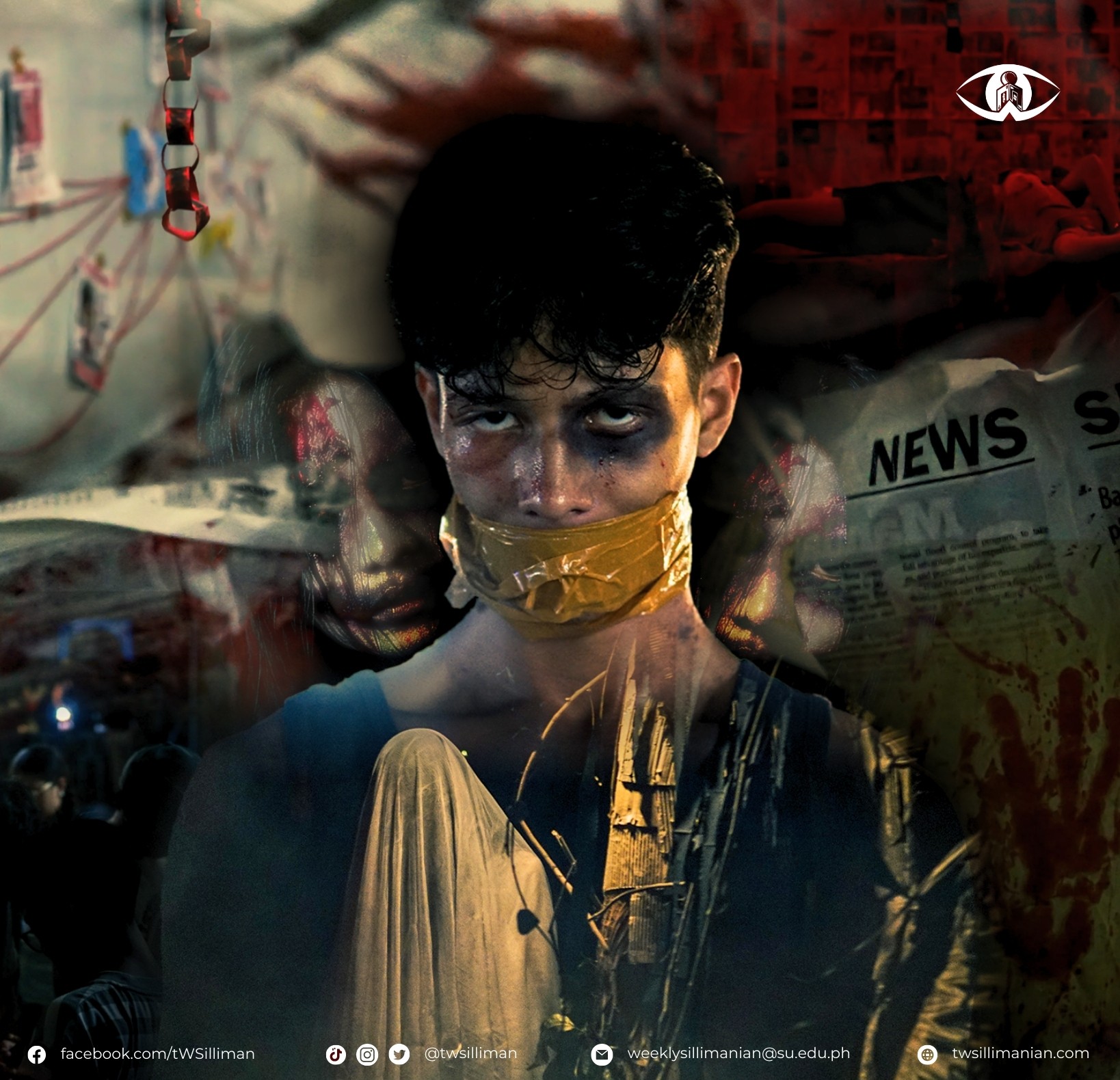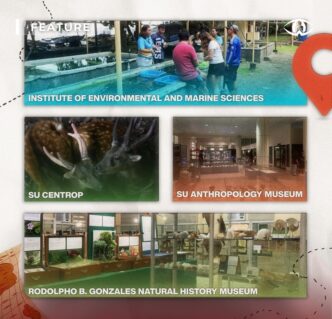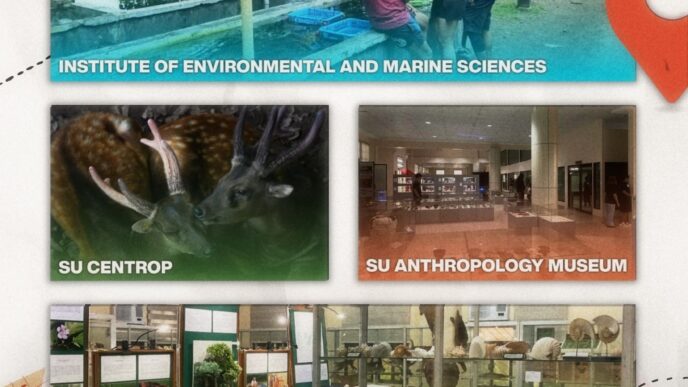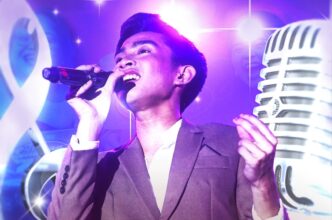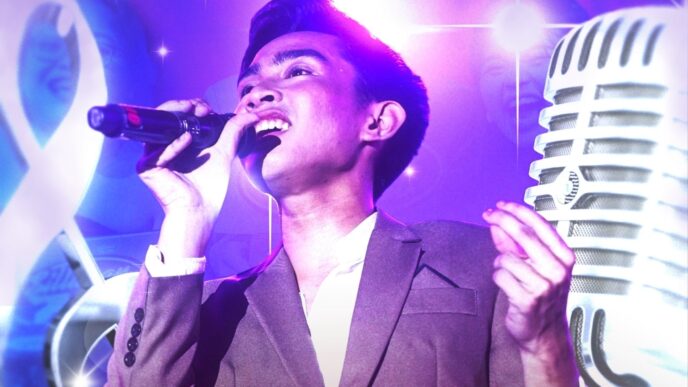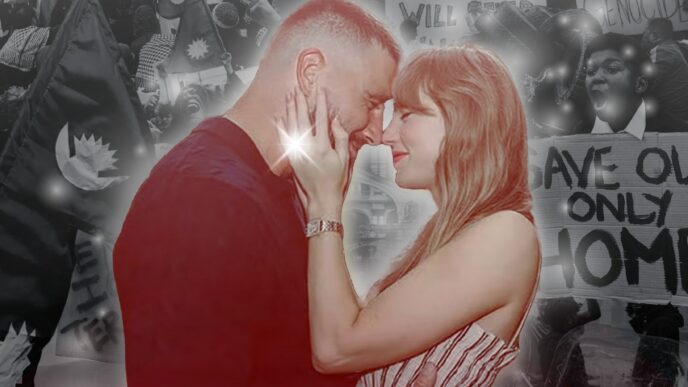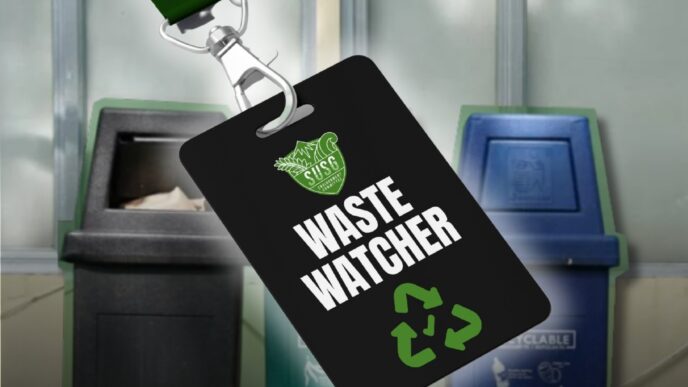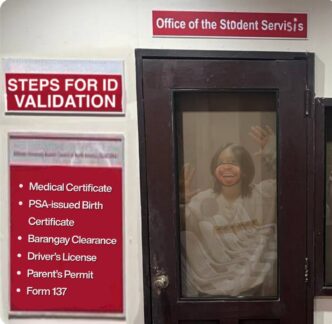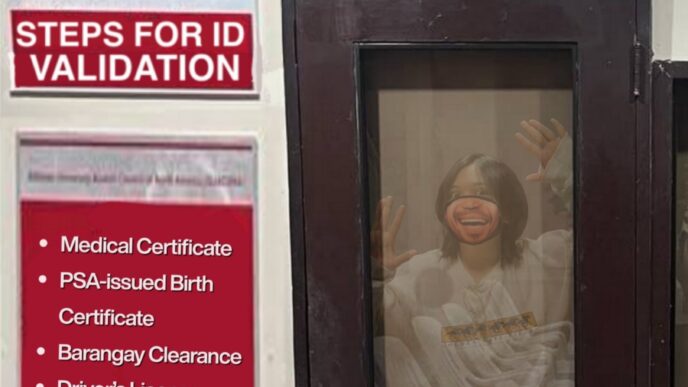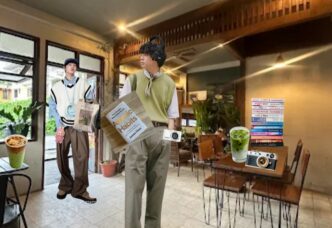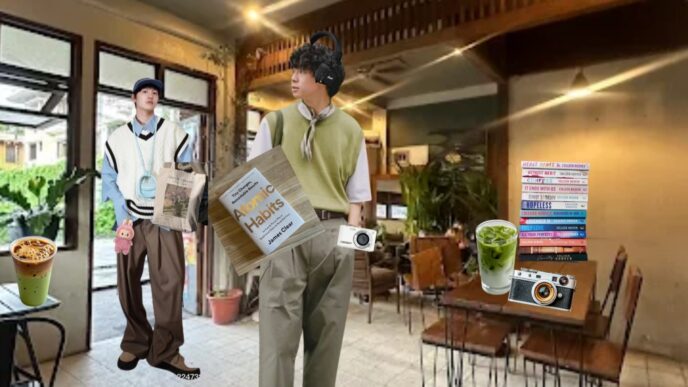By Cynthia Shank
Sillimanians braced themselves. As the heart of Hibalag beat louder, so did one of its most chilling traditions: the Horror Chamber. Soon enough, the campus echoed not just with laughter and music, but with screams of both thrill and terror.
When the clock struck 5 and the lights of Hibalag flickered against the chilly August night sky, Silliman University knew one thing for certain: the Horror Chamber had returned. That year, the Psychology Society dared to dig deep into the roots of Filipino mythology with its chilling theme, “Hiyawan at Panaghoy: Paglalakbay sa Kabisera ng Takot.” (Screams and Wails: A Journey into the Capital of Fear.)
The Horror Chamber had long been a tradition of the SU Psychology Society, dating back to the early 2000s as one of Hibalag’s most anticipated attractions.
Organized exclusively by psychology students, the chamber became both a creative outlet and a training ground—blending psychology’s fascination with fear, teamwork, and human behavior into one immersive experience.
Year after year, it continued to challenge psychology students to think bigger and scare smarter to keep the legacy alive.
From the aswangs (monsters) and duwendes (dwarves/goblins) lurking in a coconut tree to whispers of missing people in town, that year’s chamber promised not just fear, but a rediscovery of the folklore that shaped childhood warnings: “Don’t go out at night, or else…”
More than just a fright fest, the Horror Chamber carved itself into the fabric of Hibalag. It was not only a test of courage for those who entered, but also a showcase of student creativity, teamwork, and tradition. For years, it stood as one of the most anticipated highlights of the Hibalag season — a place where friends screamed together, where stories were made, and where every batch of psychology students left their mark.
Behind every scream in the chamber was a team of student-leaders who transformed vision into reality. Four chairpersons—Mitzi “Mimi” Gutang, Kimi Pedro, Mark Artigas, and Wayne Tiongco, all second-year psychology students—shouldered that year’s tradition with equal parts of creativity, leadership, and grit to bring Horror Chamber 2025 to life.
For Mimi, that year’s Horror Chamber was more than a thrill ride; it was a reminder of Filipino heritage. “This year’s theme drew inspiration from Filipino culture, particularly the spine-chilling myths and legends passed down from generation to generation,” she explained. Beyond story and spectacle, she also handled the financial lifeline of the project: balancing budgets, ensuring food and materials were distributed properly, and keeping the ship afloat despite a relentless time crunch.
“I hoped it shed some light on our horrifying yet fascinating culture. Perhaps these creatures were the result of fears our ancestors faced. Imagine fearing something so terrifying that you had to pass down a story for generations,” she added.
For Kimi, the Horror Chamber was about bridging the mythical stories of childhood with the creativity of today’s students. “It was such a blessing to have our theme aligned with that year’s Hibalag,” he said. He took charge of the behind-the-scenes essentials, from permits and letters to coordinating across offices so the event could run seamlessly.
His main hope for everyone entering was simple and cheesy: just have fun. “As taxing as this role had been, it was such a joy to work with people who were just as passionate, committed, and geeking out over the same thing,” he shared.
Even before becoming chairperson, Mark had already envisioned what Horror Chamber 2025 could look like. “The bottom line was, that year’s Horror Chamber was heavily inspired by Filipino myths and urban legends, and we wanted to showcase just how rich and terrifying these could be,” he shared.
Mark directed the creatives and publications, ensuring the storyline, set, and overall design matched the terrifying spirit of local folklore. For him, the Horror Chamber was not just another event. “It was a society passion project,” he emphasized.
If Mark held the blueprint, Wayne sharpened the story. “Our entire theme was pretty much based on the stories of Filipino mythological creatures we grew up with, plus some local rumors in Silliman itself,” he explained. Together with the rest of the team, he helped forge a storyline that tied everything together — from pubmats and trailers to the chambers themselves.
Despite having only three weeks to prepare, Wayne was proud of what the team had built. He left a reminder for future psychology students: “Keep up the creativity. Do it better than the previous year. You can never go wrong with a really good story.”
If there was one word the chairpersons repeated, it was time. With only a few weeks to conceptualize, design, promote, and prepare the chambers, the four had to rely on one another’s strengths. From financial hurdles to sleepless nights of set-building, the Horror Chamber once again proved to be more than a scarefest—it was a test of teamwork and resilience.
At the end of the day, the Horror Chamber was not simply about fear. It was about memory—of myths passed down, of friends braving the darkness together, of students pulling off something larger than themselves.
As Mimi perfectly summed it up, “The main thing was to have fun with your friends, and we hoped this became a good core memory for everyone.”

